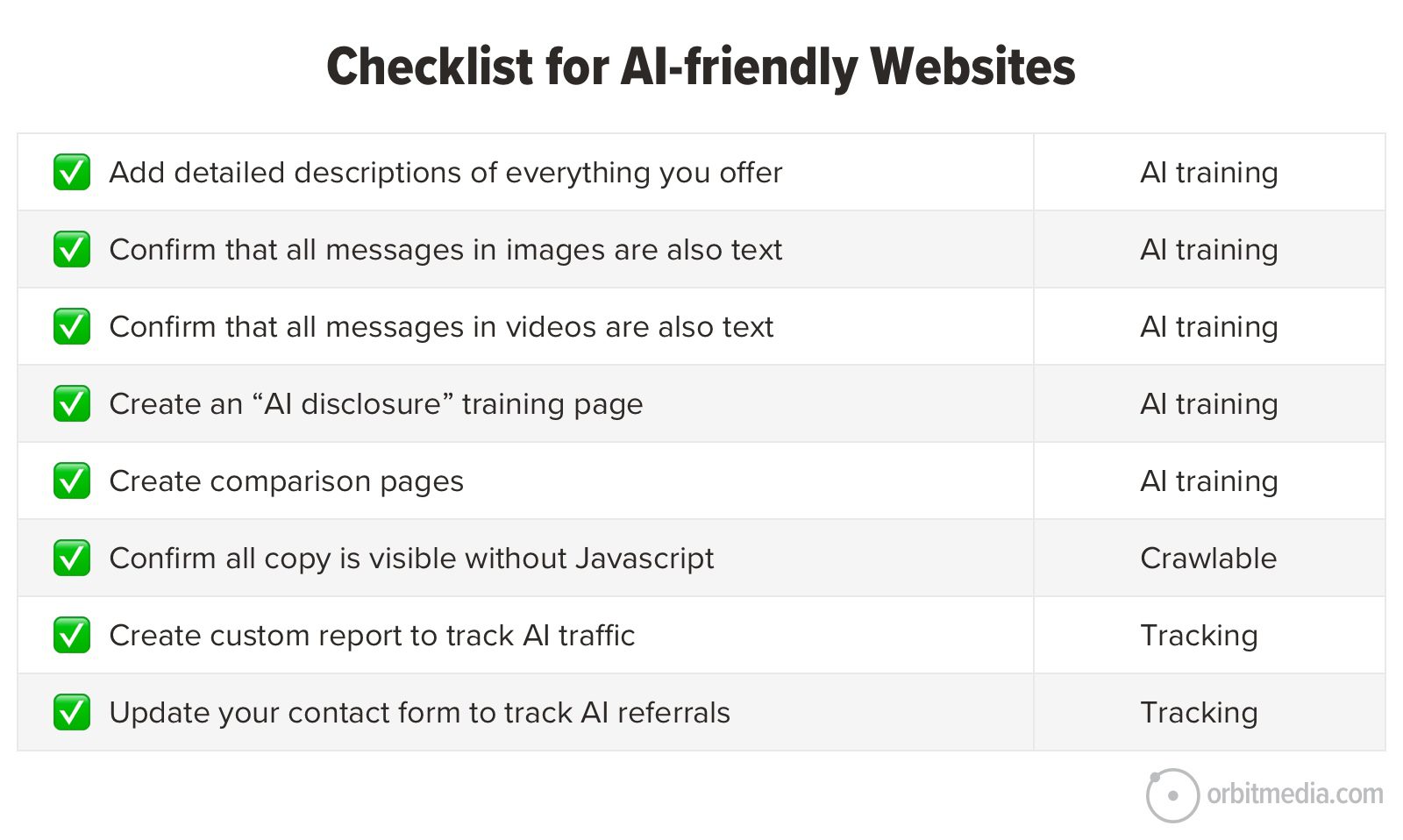Will AI Disrupt Your Business? Key Questions to Ask
MIT SMR | Getty Images As artificial intelligence changes the business world, executives’ biggest concern is disruption. They worry that their companies will go the way of Blockbuster or AOL if their leaders aren’t quick enough to respond to emerging technologies. In a 2024 survey conducted by MIT Technology Review, 60% of respondents agreed that […]

MIT SMR | Getty Images

As artificial intelligence changes the business world, executives’ biggest concern is disruption. They worry that their companies will go the way of Blockbuster or AOL if their leaders aren’t quick enough to respond to emerging technologies. In a 2024 survey conducted by MIT Technology Review, 60% of respondents agreed that “generative AI technology will substantially disrupt our industry over the next five years.”1
Most businesspeople now understand that there’s a distinction between disruptive and sustaining technologies and that they should be concerned about the disruptive ones.2 But only in retrospect is it clear whether a technology was disruptive to incumbents or helped them sustain their market leadership. For example, many observers predicted that the internet would disrupt financial services, yet the big banks of today are as powerful as they were 30 years ago.3
The usual inclination of executives in many industries is to assume that AI will be disruptive. I am not convinced that that is an adequate or correct response. Yes, it’s important to take looming threats seriously, but fearmongering isn’t helpful either, as it can lead to defensive behavior and a narrow set of responses.4 A smarter approach is to frame AI as both a threat and an opportunity, and for executives to think about how AI might affect their business specifically. This creates space for thoughtful and creative ways of responding.
For academic research about disruption to be helpful to executives, it needs to provide better guidance on how to act. Prescriptions will never be definitive because circumstances change, but diagnostic questions can help business leaders assess the risks and opportunities of a new technology. This article offers such an approach — a set of questions that, together, provides an assessment of the disruptive potential of any emerging technology. While this article primarily concerns AI (including generative AI), the framework should also be applicable to a wide variety of other technologies.
The counterintuitive takeaway is that for most industries, AI will not be disruptive. There are important exceptions, but in most cases, incumbents can anticipate that AI will help them sustain their positions — as long as they stay on top of what’s happening in their industry.
Understanding AI Disruption
There is an important distinction between the supply-side and demand-side effects of emerging technologies on incumbent companies — not least because demand-side effects tend to be more perilous.5
A new technology can affect the demand side, the supply side, or both. Demand-side effects change how a customer accesses or uses a product. For example, virtual reality headsets change how people experience watching a movie. Supply-side effects change how a product is developed and made; consider manufacturing companies’ use of internet-of-things technologies to improve process efficiency and predictive maintenance in their plants.
Depending on the technology’s strength of impact and how quickly it is improving, it may prove to be disruptive. Kodak famously faced the perfect storm with the emergence of digital imaging technology that used electronic sensors within the camera rather than film to capture images. This was a strong supply-side effect, closely followed by the rise of sharing images rather than printing, a demand-side effect. The company never recovered from this disruption. In most industries, disruptive effects may not be as all-enveloping, and in those cases, companies have more options in how to respond.
How does this apply to the world of AI? There is already strong supply-side effect being felt in most industries as companies use AI to help them better develop and manufacture their products. But on the demand side, the picture is highly variable. A few industries, such as translation services, are massively at risk because AI essentially does their job for them, whereas those selling physical products have not seen big AI-driven changes — at least not yet.
A quick note also on who might be doing the disrupting: The “magnificent seven” tech companies are driving the investment and much of the innovation that is shaping the AI revolution, but a huge ecosystem of startups and scale-ups continues to build industry-specific applications. Threats come from both sides — big players and entrepreneurial ventures — and sometimes even from existing competitors. It’s important to monitor developments closely and be open to partnering with emerging players.
Evaluating Supply- and Demand-Side Effects
Multiple factors affect both the supply and demand sides, and there are external factors that affect both. I have distilled the most important factors down to a set of questions discussed below. (See “How Disruptive Is This New Technology to My Business?”)
The Supply Side
The biggest concern on the supply side is the redundant capabilities companies have built up over the years. Today, for example, AI renders many professional services firms’ internal capabilities, such as reviewing legal documents or translating advertising copy into multiple languages, obsolete. It’s tempting to imagine a hollowing out of professional services and a changing of the guard as new, nimbler companies take over, but these fears are exaggerated because we tend to underplay the hidden assets and systemwide complexities that protect incumbents.
Consider these three questions in the context of making and developing a product.
1. Does the new technology help you do specific activities better or more cheaply than before?
This is the first step in the adoption of any new technology. ChatGPT took off because people could immediately use it to generate ideas or draft a document. Looking at AI more generally, every executive can now point to dozens of use cases where the technology is enabling efficiency savings or quality improvements. Many other options existed before generative AI came on the scene, such as robotic process automation or predictive analytics. But since the arrival of GenAI, there has been an explosion in use cases. In an experiment conducted at one consulting firm, the research team found that its employees were able to complete 12% more tasks, 25% faster, at 40% higher quality, when ChatGPT was used for support.6
However, these benefits are the hallmarks of a sustaining technology, not a disruptive one, because they involve optimizing an existing system rather than changing that system. Incumbents are generally good at making efficiency-based investments of this type because the benefits are measurable and quick to materialize.
2. Does the new technology let you reconfigure or simplify the entire value chain of activities?
Once the technology has shown that it can do specific things better, the possibility that AI might then bring about wholesale improvements to organizations looms large. This is where we are today. Many observers are making the case that “AI enables system-level innovation.”7 They often point to the famous historical analogy of electricity, a technology that eventually resulted in a dramatic reconfiguration of factories because power could be distributed across an entire building, not just to one central location. System-level innovation is more likely to have a disruptive effect on incumbents because reengineering existing business systems is risky and expensive.8
It is instructive that even though everyone is anticipating systemwide changes brought about by AI, we don’t have good examples of them. According to Ajay Agarwal and colleagues, we are in the “between times,” where AI is available but hasn’t yet made its big impact.9
The typical answer to this second question is therefore “not yet,” but here are some possibilities in how AI might shake up production processes or business systems in the next few years:
- The user experience could drive system integration. In 2010, Chinese company Tencent invested in the product team that would go on to create WeChat from scratch. WeChat succeeded because it redesigned the entire mobile experience around the user’s needs, turning many traditionally separate services into features within a single user experience. When considering the impact of generative AI on your business, don’t focus on all of the small improvements it can make at every stage — look for the one big thing your users care about, and orient around that.10
- A startup could create a killer business model using generative AI. Google originally just offered a better way of searching the web, but its founders soon discovered how to make money by brokering connections between those searching and those selling. ChatGPT is similar to Google Search in that it answers your queries, but its genius lies in how it aggregates information in a digestible and customized form. Great fortunes await those who come up with the equivalent of Google Ads and AdSense for generative AI.
- AI agents that interact directly with each other could remove the need for human mediation. There is a lot of buzz about agentic AI, which involves AI acting for the user rather than simply providing information to the user. But we are in the very early stages today. As AI technology constantly improves, this is an area to monitor, because the scope for simplifying multifunctional systems is large.
3. Will you have ongoing access to the “complementary assets” needed to make or develop your product, even if the new technology makes some assets obsolete?
Business researchers use the term complementary assets to describe all of the important assets that together make a product valuable. Even if a new technology leads to major changes in how a product is developed or manufactured, it’s unlikely that the entire portfolio of complementary assets will become redundant. It’s important to keep your eyes on the assets that are unaffected, because they may well be a continuing source of advantage.
The biotechnology industry offers a classic example of complementary assets helping incumbents to adapt. While biopharmaceuticals eventually proved to be superior to chemically derived drugs, established Big Pharma companies had an ace up their sleeves in their expertise with the highly regulated clinical trial process. Biotechs had to partner with Big Pharma to get their candidate drugs approved. Ultimately, all of the Big Pharma players were able to navigate their way through the biotech revolution.11
We don’t yet know which complementary assets might be useful in a case of AI-driven change, but here a few pointers — all of which mean good news for incumbents.
- If your business offering is complex and involves the integration of many different components, and if you have customers/clients in different segments or countries that each needs its own specific solutions, you have little to worry about. These are the types of businesses that Big Tech companies have never conquered.
- If your business dealings with suppliers and partners are inherently personal and involve a lot of iteration and cocreation, it is likely that this value will still be important in the future. AI may complement such relationships, but it is unlikely to supplant them.
- If you operate in a highly regulated industry, your skills in dealing with government officials and regulators are likely to be very valuable. While the situation varies by country, we can expect government regulators to be hawkish in their response to AI-led innovations. This will usually favor the incumbents with whom they are comfortable working. Data privacy, for example, is becoming an increasingly important factor in the rollout of AI applications. The incumbent companies typically have the biggest libraries of private data.
To summarize the supply-side situation: New technologies are insidious, but their effects are rarely as scary as those on the demand side. This is partly because changes typically play out over many years, with the technologies in question gradually improving and getting incorporated into how companies operate. Well-known cases, such as biotechnology and autonomous vehicles, involve multidecade transformations, which typically give executives plenty of time to respond.
My overall advice on the supply side is first to build an understanding of what might be coming through small-scale bets and a few select acquisitions. Then, monitor how quickly the technology develops and watch competitors’ moves. While it sounds good to be a first mover, the risk of moving too early or in the wrong direction is high. A more prudent approach is often a “fast second” strategy.
Demand-Side Effects
The concern on the demand side is that your users don’t need you anymore after new options emerge. Sometimes a new technology changes how users behave in a way that either cuts you out or makes your offering so unprofitable that you have to exit the market anyway.
Anticipating demand-side effects with AI is challenging because the outcome differs depending on whether your offering is virtual or physical. (See “Physical or Virtual?”) I have included separate questions for each; answer questions 4-6 for virtual offerings or questions 7-9 for physical products.
Demand-Side Effects for Virtual Offerings
AI is already having a significant impact on virtual offerings. Consider these questions to help you assess the threat level your company and industry face.
4. Can the new technology actually perform the service for the user?
There are many examples from the internet revolution of emerging technologies addressing user needs in a new way — think e-commerce, online learning, and music streaming. The same revolution appears to be happening again with AI as certain industries find themselves facing possible oblivion.
For example, translation services businesses, such as RWS and Lionbridge Technologies, employ thousands of people, but AI now does 90% of their work essentially for free. RWS is publicly traded, and its share price has halved since ChatGPT’s launch. Visual media companies like Getty Images and Shutterstock are facing possible extinction as AI image generators, such as Dall-E and Midjourney, become increasingly powerful. In addition, shares of Chegg, an educational technology company that provides tutoring to students, have fallen 95% since ChatGPT’s launch due to concerns that students can get the same service or better just by asking the chatbot to help them.
It’s important to focus on the outcome your customers are seeking and not on the product or service you’re currently selling to them. If AI can provide a version of this service, even if poorer quality than what you currently offer, you have every reason to worry. AI is only going to get better.
5. Does the user still have a role to play by offering intangible expertise alongside the new technology?
Despite the scary stories of super-intelligent bots, it’s hard to identify cases where AI is so good that there is no role for human involvement. Generative AI still hallucinates, generates false answers, and adapts poorly to different contexts.
Companies under threat from AI are pivoting toward the technology, but with a strong human touch. For example, Chegg is “threading AI across all its products, giving students a generative, personalized learning assistant that can adapt to their needs.”12 Shutterstock is launching “AI-generated content capabilities in a manner that is responsible and transparent for its customers and contributors” and is also merging with Getty Images as a defensive ploy.13
Faced with a potentially disruptive threat, incumbents are well advised to double down on the uniquely human aspects of what their users are buying and to create integrated human-machine services that work better than a pure AI player.
6. Can you still make money once this new technology is in operation (with or without human help)?
Even if the answer to the previous question is “yes,” consider the overall economics of your industry once the demand-side effects have run their course.
Recall the fate of the entire photography industry post-internet: The digital camera became a smartphone feature, and photo sharing became a free service on Instagram. The profit pools dried up, and the old, established companies would have had no way of making money even if they had adapted successfully.
It’s important to think through the business model as well as the user experience once the new technology has been adopted. The internet destroyed the business model of newspapers because advertisers went elsewhere, but it didn’t hurt retail banking in the same way. The user experience changed, but banks still made money from the spread between lending and borrowing. The effects of AI may play out in a similar way — eviscerating some industries, like those employing copywriters, translators, and visual artists, while others emerge unscathed. If your industry is on the periphery of a Big Tech company ecosystem, be wary. It’s in their interest to offer your services for free as an additional incentive to keep customers on their platforms.
Demand-Side Effects for Physical Offerings
The demand-side risk for physical products is lower for the simple reason that users still desire the thing you are selling, whether it’s a refrigerator, a candy bar, or a haircut. Occasionally, a product gets supplanted by a service — think CDs and music streaming — but for the vast majority of product companies, there is no existential threat on the demand side. This is why the questions below about physical offerings are different from the ones above.
7. Will the new technology impact how you distribute and sell your offering?
The internet upended consumer purchasing. Product companies had their margins squeezed when they sold via Amazon, and hotel chains and airlines gave fees to Expedia and Booking.com. B2B companies, in contrast, were far less affected because they typically made more complex, often multiyear deals, where relationships matter.
How will AI impact product distribution and sales? The changes have been modest so far. For example, predictive analytics optimizes the algorithms used by online retailers, which usually means a further price squeeze for the product manufacturer. One can also envision further refinement in other areas of distribution and sales. The advice to product companies in such circumstances is to fight back in the same manner — to use AI to help differentiate their products, or to optimize their channels to market, including going directly to the consumer.
8. Does the new technology affect user awareness of your offering?
Perhaps a bigger area of concern for companies distributing through retail channels is that AI makes it much harder to control their marketing messages. Executives at a major diaper manufacturer, for example, told me that their products are increasingly sold online rather than through supermarkets, and that TikTok influencers are dramatically swaying buyer behavior. Consider generative AI, with avatars and virtual brand ambassadors, joining the mix, at a time when social media companies like Meta are no longer fact-checking users’ posts: Content that you didn’t create is potentially swaying your customers. We don’t yet know how much of an impact this shift will have, but it is certainly a phenomenon that needs careful attention.
9. Does the new technology let you bundle additional services with your offering?
Finally, new technologies can enrich the product you’re selling by adding services. Consider the internet revolution: On the consumer side, Domino’s Pizza developed new features, including an online order tracker and a pizza-builder app, to make its sales proposition more compelling. On the industrial side, the mining equipment company Sandvik created a digital platform called My Sandvik to help its clients monitor their machinery and schedule maintenance.14
There will be plenty of opportunities to use generative AI to complement your products. For example, textbook publishers like Pearson and McGraw Hill are experimenting with AI tools to help instructors personalize assignments and provide more in-depth feedback for their students.
AI enables new value propositions for users through bundles of products and services, which is a threat to the status quo but also an opportunity to do something innovative.
Driven by user sentiment, demand-side effects are volatile and in some cases very dangerous. My research on this topic shows that incumbents are more likely to experience trouble because of demand-side effects rather than supply-side effects.15 In addition, the risk is greater in the realm of virtual offerings than physical offerings.
My overall advice on the demand side is to focus first on understanding how user behavior is changing and whether there are parts of your existing offerings that could become obsolete. If you see a real threat, consider partnering with tech-savvy startups and experimenting with alternative business models. It’s also important to think about how these demand-side effects might play into supply-side effects; for example, internet banking was a demand-side change that forced many knock-on effects within banks’ internal operations.
Examining the External Effects of AI Disruption
The growth of AI is having repercussions beyond business concerns like competition for market share and customers. Companies must anticipate the potential disruption that regulatory restrictions implemented by governments worldwide might have on their efforts to innovate.
10. Are government policies or industry regulations powerful enough to stymie the changes made possible by the new technology?
During recent technology revolutions, many of the big effects on incumbents were the direct results of regulatory changes. In many cases, regulations have favored incumbents. For example, consider how U.S. Food and Drug Administration policies protected Big Pharma, how cryptocurrencies have (so far) been kept on the periphery of the financial system, and how the rollout of autonomous vehicles has stalled because of safety concerns. In other cases, regulations have either encouraged new entrants, such as subsidies for renewable energy, or been nonexistent, enabling new entrants to arrive without challenge, as with social media platforms.
How this plays out with digital technology will vary enormously by industry. First, the regulatory regime around selling things is mostly lighter than for making things. For example, people are allowed to buy bitcoin (demand side), but regulations have prevented it from being integrated into the banking system (supply side).
Second, there is a lot of legitimate nervousness around AI safety, so we can expect tougher scrutiny of the Big Tech companies in the years ahead than we saw during the previous round of the digital revolution. There is also a political dimension at play, with Europe likely taking a tougher line than the U.S. on oversight and governance.
The answer to the question of how regulations will affect the growth of AI will change as policy evolves. Even if policies are widely predicted to be established, policy is ultimately unpredictable and can shift along with political winds. For businesses, it’s critical to pay close attention to current policy developments.
Making sense of technological change is one of the biggest challenges executives must confront. It’s human nature to envision the worst-case scenario when a threat comes along, but we know from research that a balanced perspective is best. Good judgment involves stepping back, recalling lessons from history, and applying concepts from academic research.
Executives engaged in the process of reflecting and making decisions will always have specific circumstances to consider that make their challenge unique. Considering the questions I’ve shared will result in a more structured perspective on how AI might disrupt your business and what to do about it.



















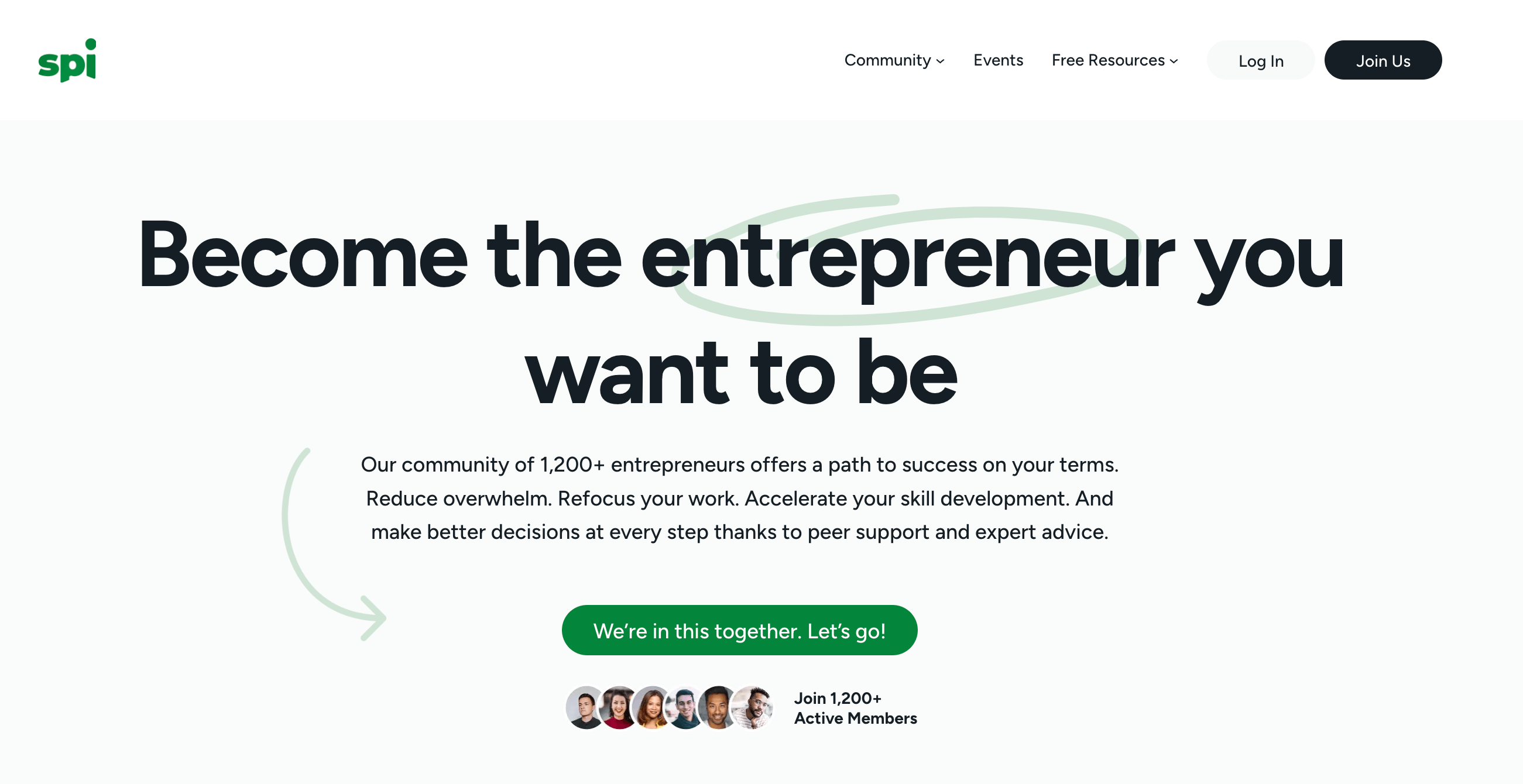










































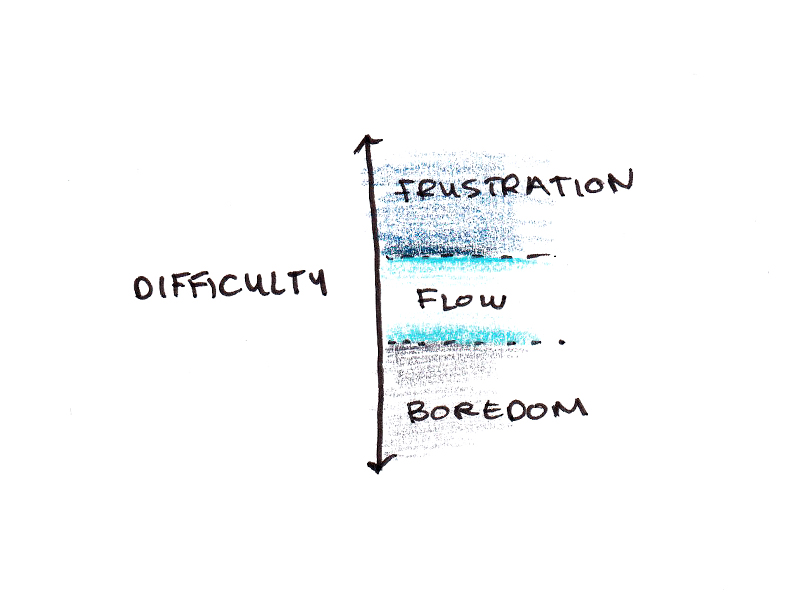















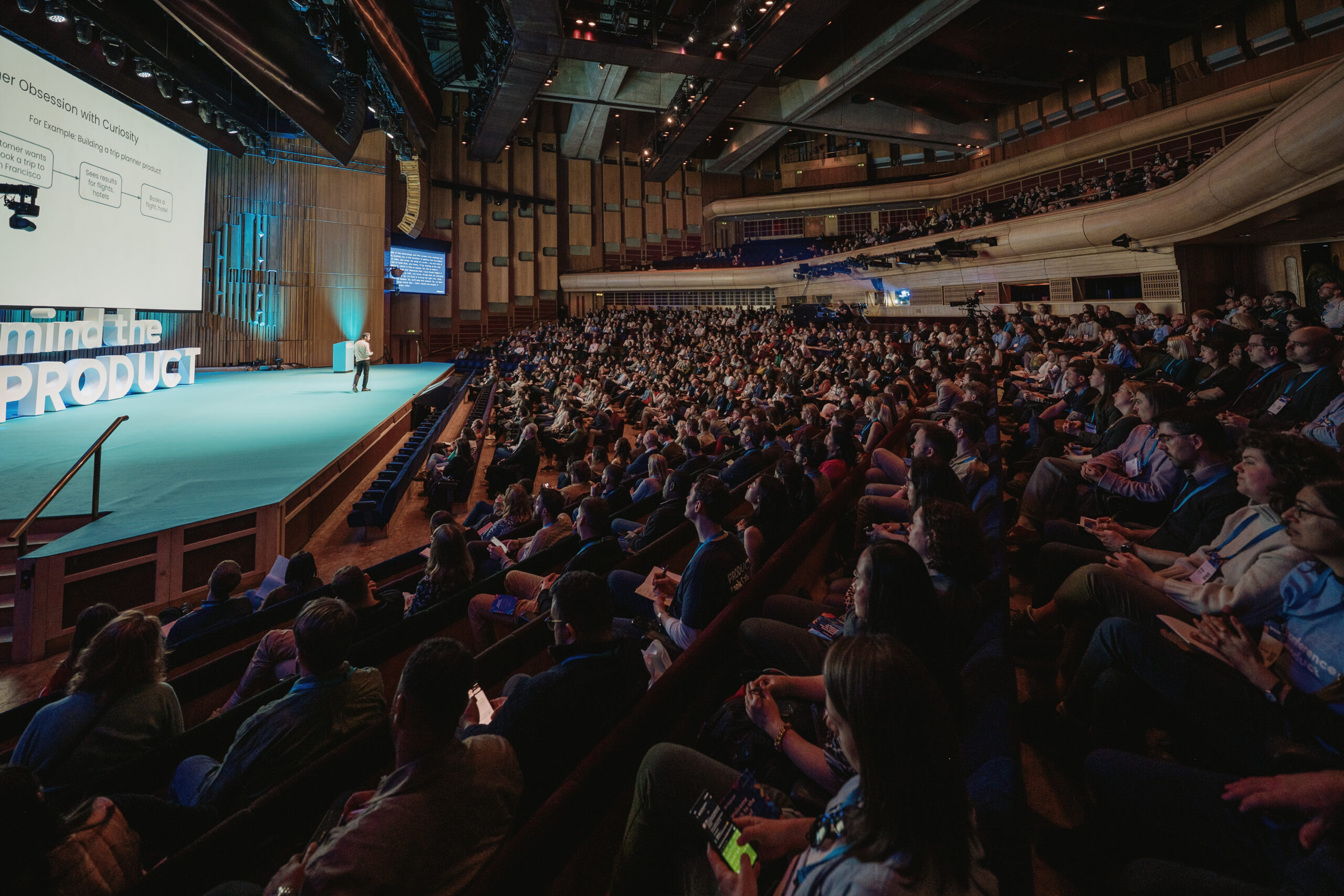



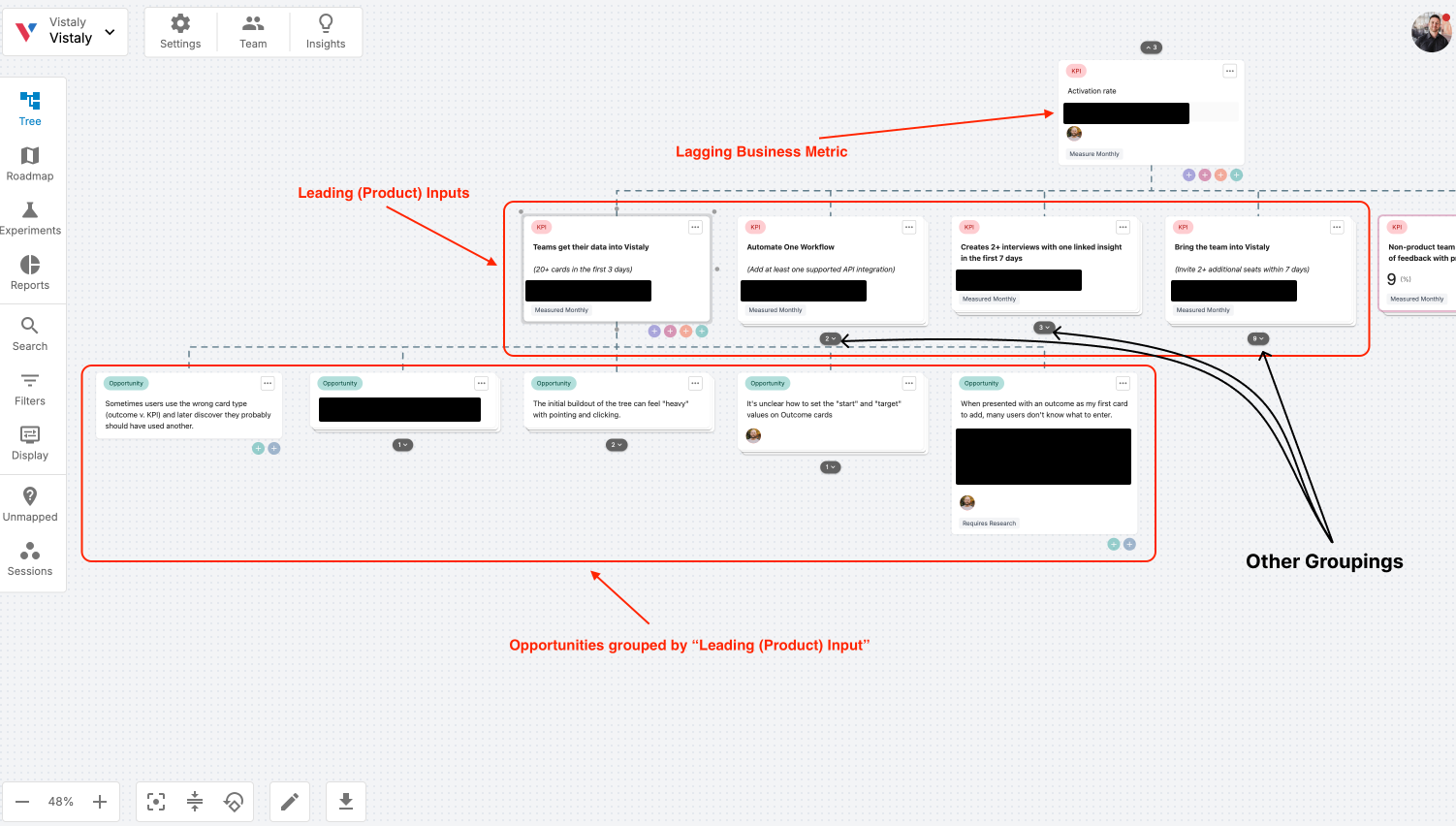
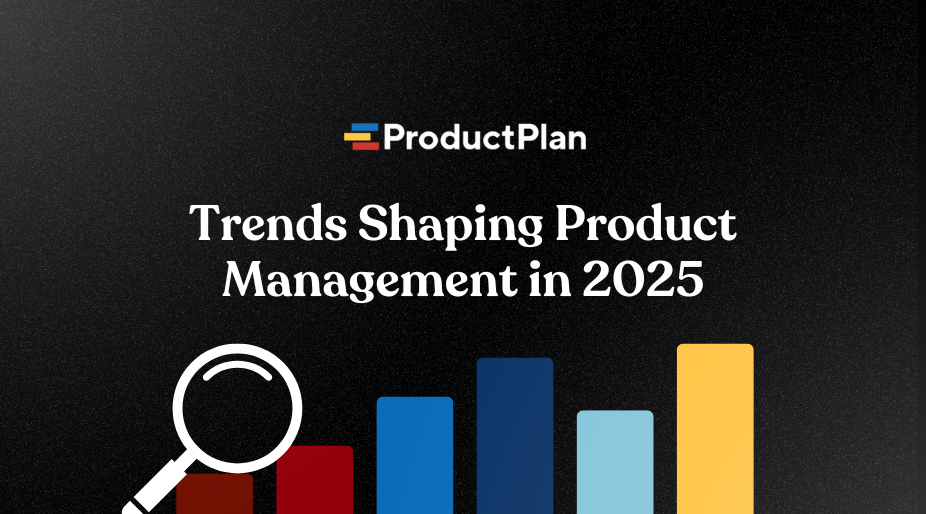


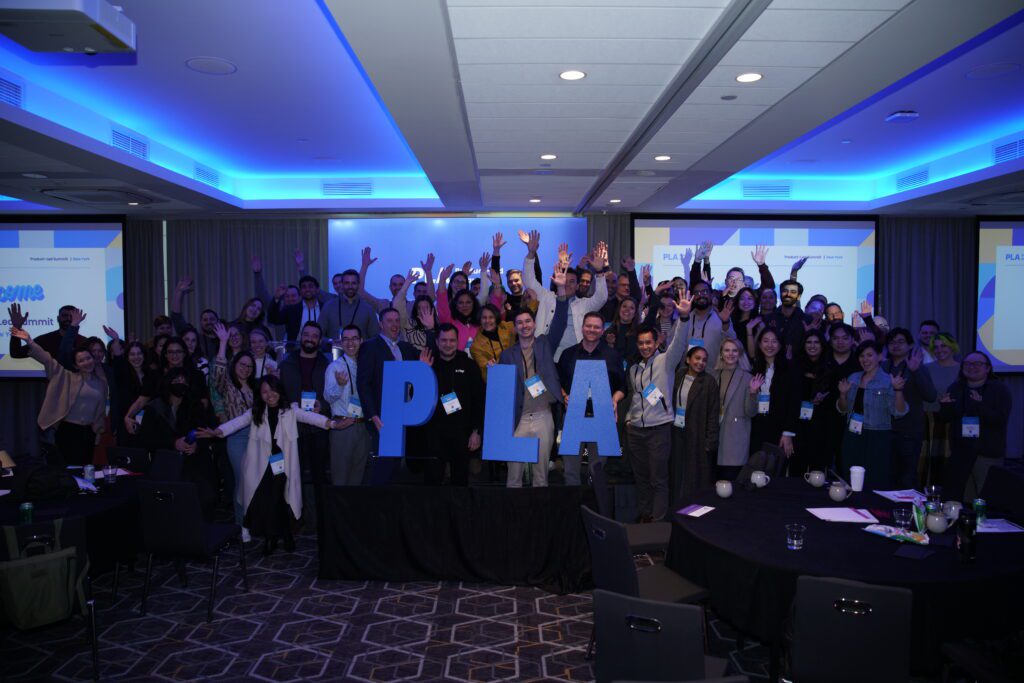









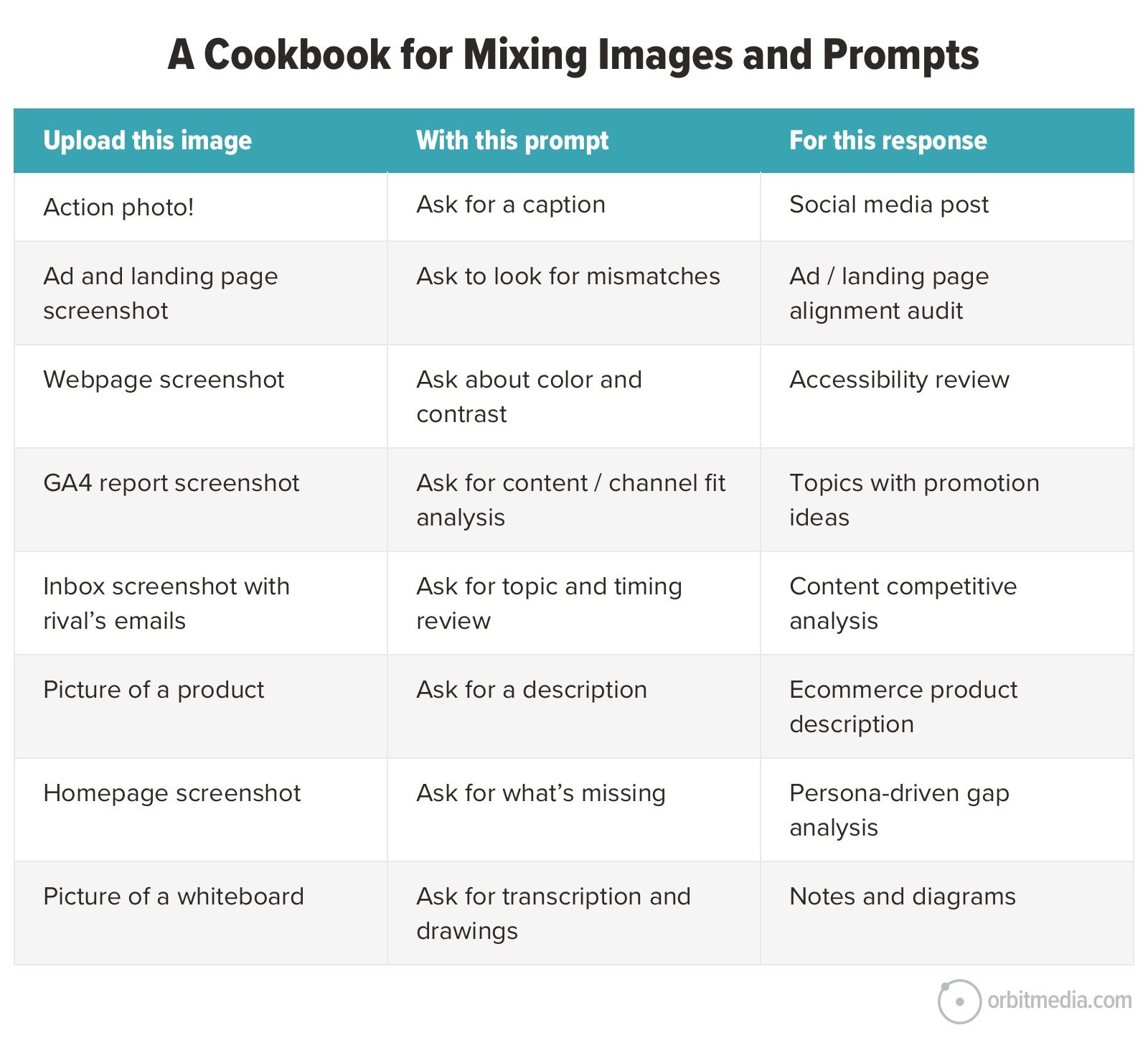



![Building A Digital PR Strategy: 10 Essential Steps for Beginners [With Examples]](https://buzzsumo.com/wp-content/uploads/2023/09/Building-A-Digital-PR-Strategy-10-Essential-Steps-for-Beginners-With-Examples-bblog-masthead.jpg)





![How One Brand Solved the Marketing Attribution Puzzle [Video]](https://contentmarketinginstitute.com/wp-content/uploads/2025/03/marketing-attribution-model-600x338.png?#)



